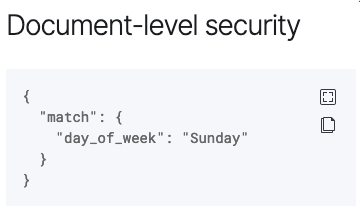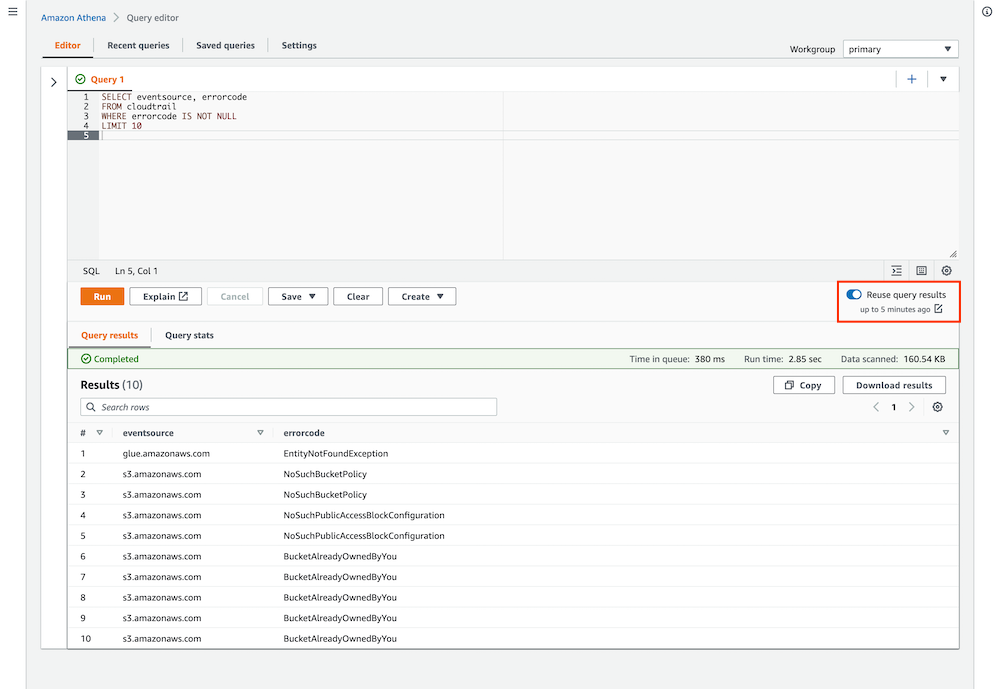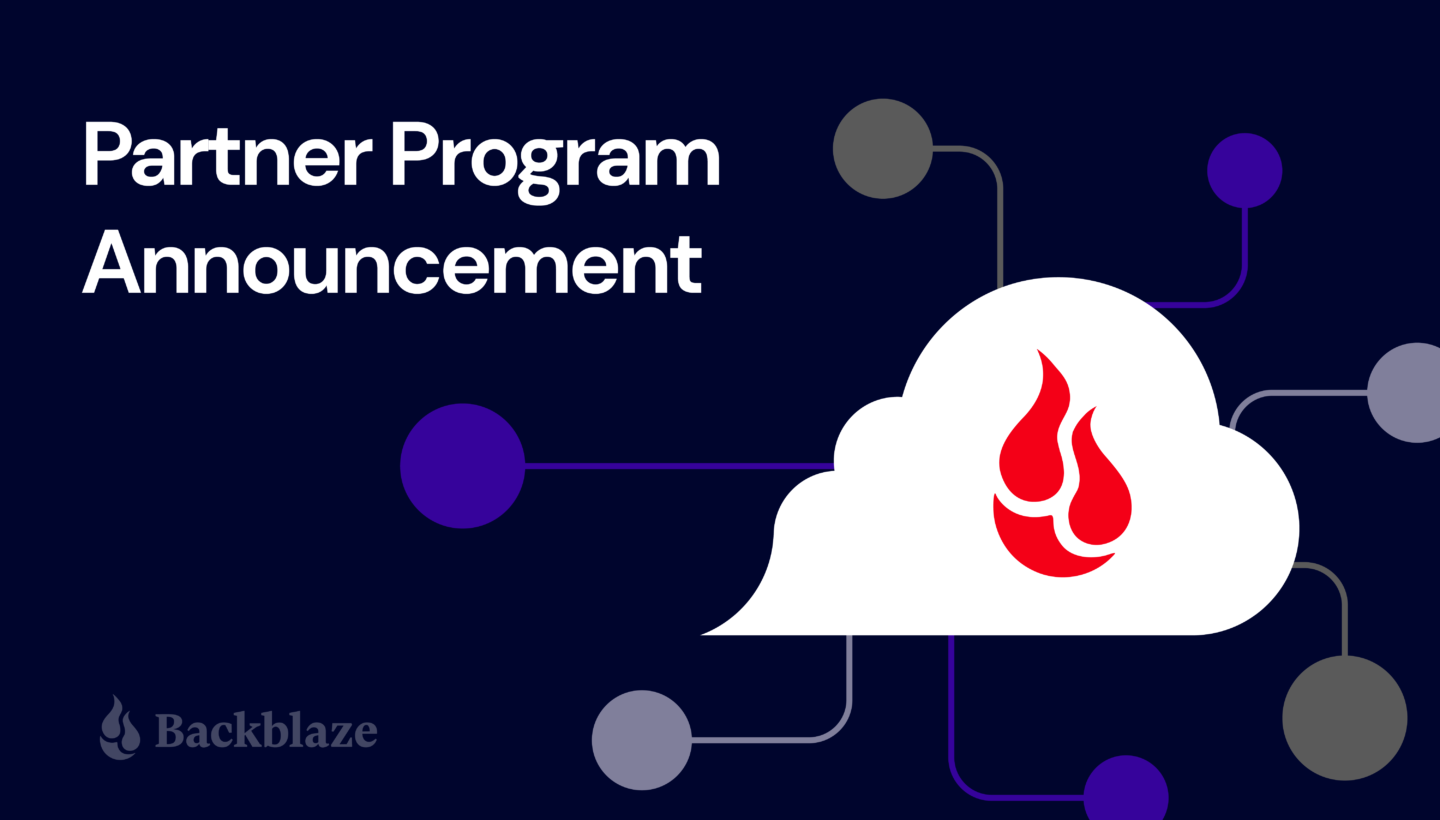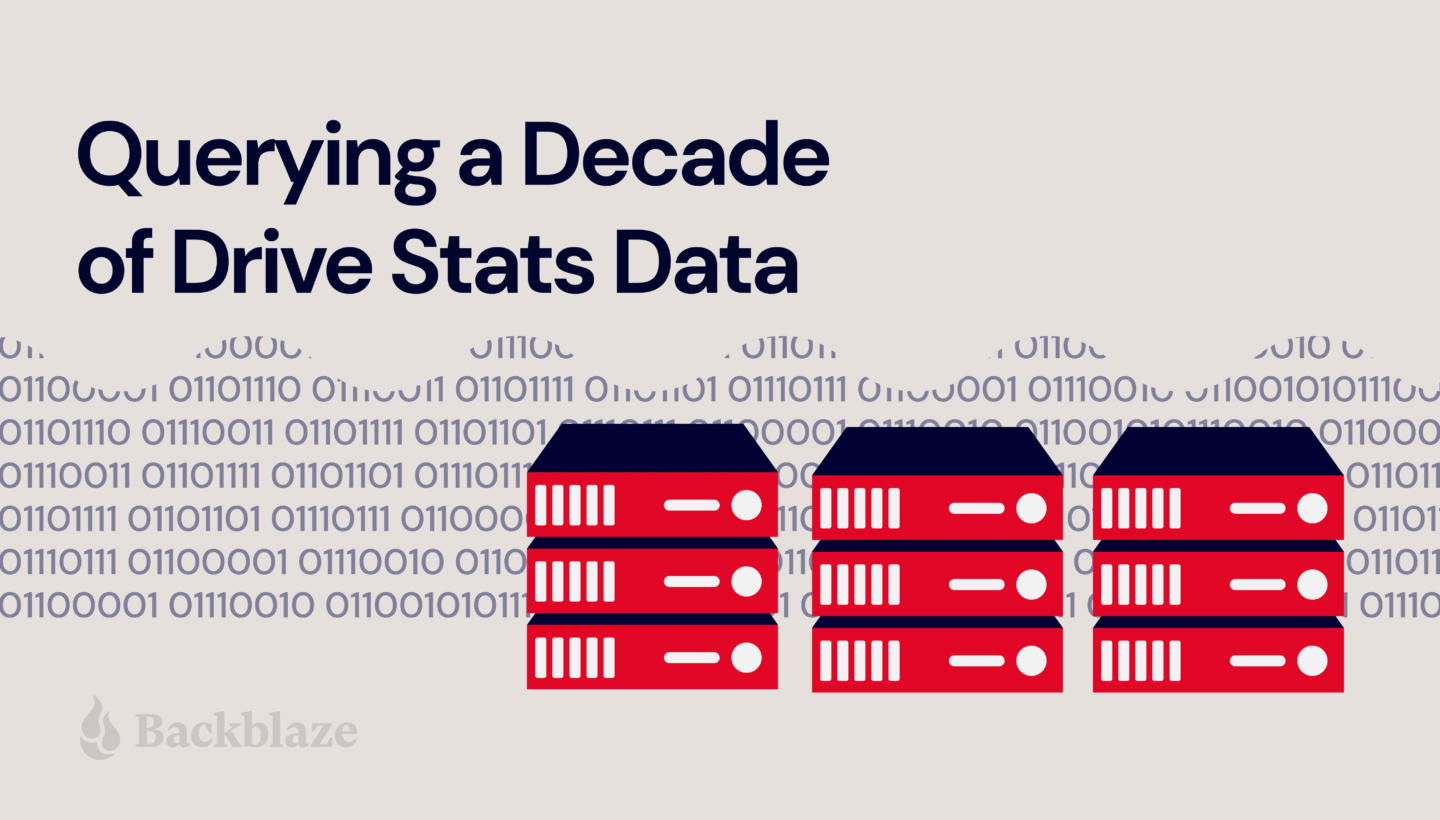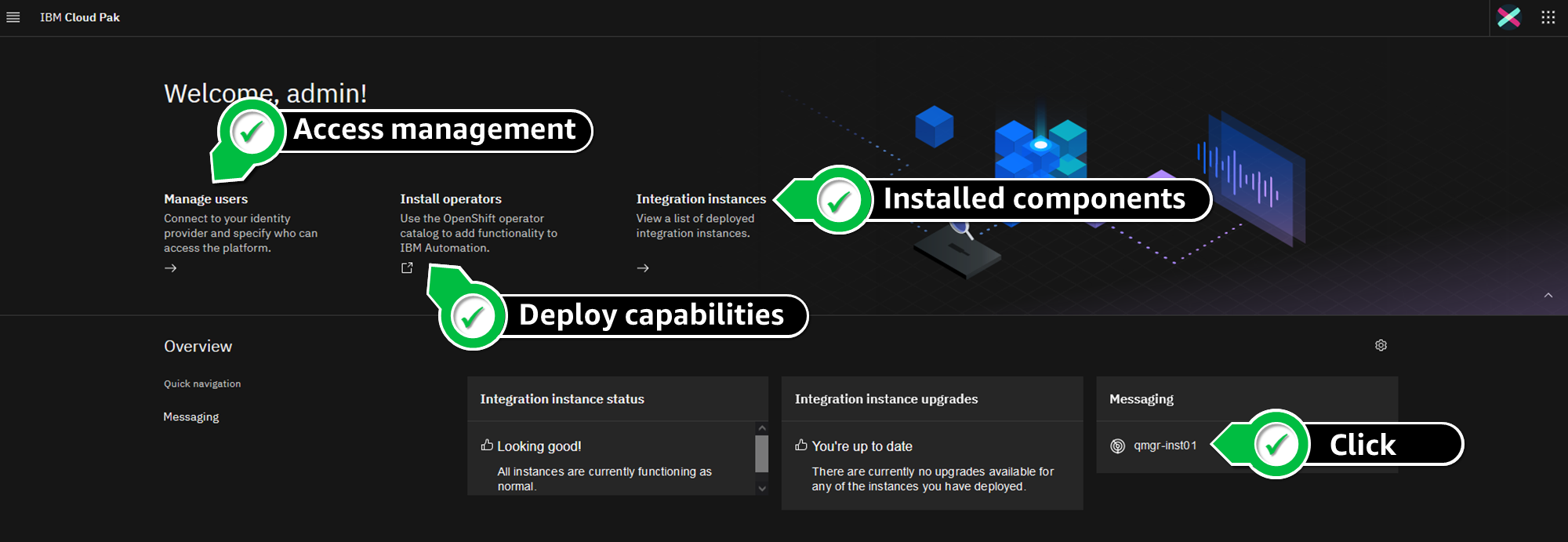Post Syndicated from Satyanarayana Adimula original https://aws.amazon.com/blogs/big-data/field-level-security-in-amazon-opensearch-service/
Amazon OpenSearch Service is fully open-source search and analytics engine that securely unlocks real-time search, monitoring, and analysis of business and operational data for use cases like application monitoring, log analytics, observability, and website search.
But what if you have personal identifiable information (PII) data in your log data? How do you control and audit access to that data? For example, what if you need to exclude fields from log search results or anonymize them? Fine-grained access control can manage access to your data depending on the use case—to return results from only one index, hide certain fields in your documents, or exclude certain documents altogether.
Let’s say you have users that work on the logistics of online orders placed on Sunday. The users must not have the access to a customer’s PII data and must be restricted from seeing the customer’s email. Additionally, the customer’s full name and first name must be anonymized. The post demonstrates implementing this field-level security with OpenSearch Service security controls.
Solution overview
The solution has the following steps to provision OpenSearch Service with Amazon Cognito federation within Amazon Virtual Private Cloud (Amazon VPC), use a proxy server to sign in to OpenSearch Dashboards, and demonstrate the field-level security:
- Create an OpenSearch Service domain with VPC access and fine-grained access enabled.
- Access OpenSearch Service from outside the VPC and load the sample data.
- Create an OpenSearch Service role for field-level security and map it to a backend role.
OpenSearch Service security has three main layers:
- Network – Determines whether a request can reach an OpenSearch Service domain. Placing an OpenSearch Service domain within a VPC enables secure communication between OpenSearch Service and other services within the VPC without the need for an internet gateway, NAT device, or VPN connection. The associated security groups must permit clients to reach the OpenSearch Service endpoint.
- Domain access policy – After a request reaches a domain endpoint, the domain access policy allows or denies the request access to a given URI at the edge of the domain. The domain access policy specifies which actions a principal can perform on the domain’s sub-resources, which include OpenSearch Service indexes and APIs. If a domain access policy contains AWS Identity and Access Management (IAM) users or roles, clients must send signed requests using AWS Signature Version 4.
- Fine-grained access control – After the domain access policy allows a request to reach a domain endpoint, fine-grained access control evaluates the user credentials and either authenticates the user or denies the request. If fine-grained access control authenticates the user, the request is handled based on the OpenSearch Service roles mapped to the user. Additional security levels include:
- Cluster-level security – To make broad requests such as
_mget,_msearch, and_bulk, monitor health, take snapshots, and more. For details, see Cluster permissions. - Index-level security – To create new indexes, search indexes, read and write documents, delete documents, manage aliases, and more. For details, see Index permissions.
- Document-level security – To restrict the documents in an index that a user can see. For details, see Document-level security.
- Field-level security – To control the document fields a user can see. When creating a role, add a list of fields to either include or exclude. If you include fields, any users you map to that role can see only those fields. If you exclude fields, they can see all fields except the excluded ones. Field-level security affects the number of fields included in hits when you search. For details, see Field-level security.
- Field masking – To anonymize the data in a field. If you apply the standard masking to a field, OpenSearch Service uses a secure, random hash that can cause inaccurate aggregation results. To perform aggregations on masked fields, use pattern-based masking instead. For details, see Field masking.
- Cluster-level security – To make broad requests such as
The following figure illustrates these layers.
Prerequisites
For this walkthrough, you should have the following prerequisites:
- An AWS account
- An Amazon Cognito user pool and identity pool
Create an OpenSearch Service domain with VPC access
You first create an OpenSearch Service domain with VPC access, enabling fine-grained access control and choosing the IAM ARN as the master user.
When you use IAM for the master user, all requests to the cluster must be signed using AWS Signature Version 4. For sample code, see Signing HTTP requests to Amazon OpenSearch Service. IAM is recommended if you want to use the same users on multiple clusters, to use Amazon Cognito to access OpenSearch Dashboards, or if you have OpenSearch Service clients that support Signature Version 4 signing.
Fine-grained access control requires HTTPS, node-to-node encryption, and encryption at rest. Node-to-node encryption enables TLS 1.2 encryption for all communications within the VPC. If you send data to OpenSearch Service over HTTPS, node-to-node encryption helps ensure that your data remains encrypted as OpenSearch Service distributes (and redistributes) it throughout the cluster.
Add a domain access policy to allow the specified IAM ARNs to the URI at the edge of the domain.
Set up Amazon Cognito to federate into OpenSearch Service
You can authenticate and protect your OpenSearch Service default installation of OpenSearch Dashboards using Amazon Cognito. If you don’t configure Amazon Cognito authentication, you can still protect Dashboards using an IP-based access policy and a proxy server, HTTP basic authentication, or SAML. For more details, see Amazon Cognito authentication for OpenSearch Dashboards.
Create a user called masteruser in the Amazon Cognito user pool that was configured for the OpenSearch Service domain and associate the user with the IAM role Cognito_<Cognito User Pool>Auth_Role, which is a master user in OpenSearch Service. Create another user called ecomuser1 and associate it with a different IAM role, for example OpenSearchFineGrainedAccessRole. Note that ecomuser1 doesn’t have any access by default.
If you want to configure SAML authentication, see SAML authentication for OpenSearch Dashboards.
Access OpenSearch Service from outside the VPC
When you place your OpenSearch Service domain within a VPC, your computer must be able to connect to the VPC. This connection can be VPN, transit gateway, managed network, or proxy server.
Fine-grained access control has an OpenSearch Dashboards plugin that simplifies management tasks. You can use Dashboards to manage users, roles, mappings, action groups, and tenants. The Dashboards sign-in page and underlying authentication method differs depending on how you manage users and configured your domain.
Load sample data into OpenSearch
Sign in as masteruser to access OpenSearch Dashboards and load the sample data for ecommerce orders, flight data, and web logs.
Create an OpenSearch Service role and user mapping
OpenSearch Service roles are the core ways of controlling access to your cluster. Roles contain any combination of cluster-wide permissions, index-specific permissions, document-level and field-level security, and tenants.
You can create new roles for fine-grained access control and map roles to users using OpenSearch Dashboards or the _plugins/_security operation in the REST API. For more information, see Create roles and Map users to roles. Fine-grained access control also includes a number of predefined roles.
Backend roles offer another way of mapping OpenSearch Service roles to users. Rather than mapping the same role to dozens of different users, you can map the role to a single backend role, and then make sure that all users have that backend role. Note that the master user ARN is mapped to the all_access and security_manager roles by default to give the user full access to the data.
Create an OpenSearch Service role for field-level security
For our use case, an ecommerce company has requirements for certain users to see the online orders placed on Sunday. The users need to look at the order fulfilment logistics for only those orders. They don’t need to see customer’s email. They also don’t have to know the actual first name and last name of the customer; the customer’s first name and last name must be anonymized when displayed to the user.
Create a role in OpenSearch Service with the following steps:
- Log in to OpenSearch Dashboards as
masteruser. - Choose Security, Roles, and Create role.
- Name the role
Orders-placed-on-Sunday. - For Index permissions, specify
opensearch_dashboards_sample_data_ecommerce. - For the action group, choose read.
- For Document-level security, specify the following query:
- For Field-level security, choose Exclude and specify email.
- For Anonymization, specify
customer_first_nameandcustomer_full_name. - Choose Create.
You can see the following permissions to the role Orders-placed-on-Sunday.
Choose View expression to see the document-level security.
Map the OpenSearch Service role to the backend role of the Amazon Cognito group
To perform user mapping, complete the following steps:
- Go to the OpenSearch Service role Orders-placed-on-Sunday.
- Choose Mapped users, Manage mapping.
- For Backend roles, enter
arn:aws:iam::<account-id>:role/OpenSearchFineGrainedAccessRole. - Choose Map.
- Return to the list of roles and choose the predefined role
opensearch_dashboards_user, which includes the permissions a user needs to work with index patterns, visualizations, dashboards, and tenants. - Map the
opensearch_dashboards_userrole toarn:aws:iam::<account-id>:role/OpenSearchFineGrainedAccessRole.
Test the solution
To test your fine-grained access control, complete the following steps:
- Log in to the OpenSearch Dashboards URL as
ecomuser1. - Go to OpenSearch Plugins and choose Query Workbench.
- Run the following SQL queries in OpenSearch Workbench to verify the fine-grained access applied to
ecomuser1as compared to the same queries run bymasteruser.
| SQL | Results when signed-in as masteruser | ||||||||||||||||
| SHOW tables LIKE %sample%; | opensearch_dashboards_sample_data_ecommerce opensearch_dashboards_sample_data_flights opensearch_dashboards_sample_data_logs |
||||||||||||||||
| SELECT COUNT(*) FROM opensearch_dashboards_sample_data_flights ; | 13059 | ||||||||||||||||
| SELECT day_of_week, count(*) AS total_records FROM opensearch_dashboards_sample_data_ecommerce GROUP BY day_of_week_i,day_of_week ORDER BY day_of_week_i; |
|
||||||||||||||||
| SELECT customer_last_name AS last_name, customer_full_name AS full_name, email FROM opensearch_dashboards_sample_data_ecommerce WHERE day_of_week = ‘Sunday’ AND order_id = ‘582936’; |
|
..
| SQL | Results when signed-in as ecomuser1 | Observations | ||||||
| SHOW tables LIKE %sample%; | no permissions for [indices:admin/get] and User [name=Cognito/<cognito pool-id>/ecomuser1, backend_roles=[arn:aws:iam::<account-id>:role/OpenSearchFineGrainedAccessRole] |
ecomuser1 can’t list tables. |
||||||
| SELECT COUNT(*) FROM opensearch_dashboards_sample_data_flights ; | no permissions for [indices:data/read/search] and User [name=Cognito/<cognito pool-id>/ecomuser1, backend_roles=[arn:aws:iam::<account-id>:role/OpenSearchFineGrainedAccessRole] |
ecomuser1 can’t see flights data. |
||||||
| SELECT day_of_week, count(*) AS total_records FROM opensearch_dashboards_sample_data_ecommerce GROUP BY day_of_week_i,day_of_week ORDER BY day_of_week_i; |
|
ecomuser1 can see ecommerce orders placed on Sunday only. |
||||||
| SELECT customer_last_name AS last_name, customer_full_name AS full_name, email FROM opensearch_dashboards_sample_data_ecommerce WHERE day_of_week = ‘Sunday’ AND order_id = ‘582936’; |
|
For ecomuser1, customer’s email is excluded and customer_full_name is anonymized. |
From these results, you can see OpenSearch Service field-level access controls were applied to ecomuser1, restricting the user from seeing the customer’s email. Additionally, the customer’s full name and first name were anonymized when displayed to the user.
Conclusion
When OpenSearch Service fine-grained access control authenticates a user, the request is handled based on the OpenSearch Service roles mapped to the user. This post demonstrated fine-grained access control restricting a user from seeing a customer’s PII data, as per the business requirements.
Role-based fine-grained access control enables you to control access to your data on OpenSearch Service at the index level, document level, and field level. When your logs or applications data has sensitive data, the field-level security permissions can help you provision the right level of access for your users.
About the author
 Satya Adimula is a Senior Data Architect at AWS based in Boston. With extensive experience in data and analytics, Satya helps organizations derive their business insights from the data at scale.
Satya Adimula is a Senior Data Architect at AWS based in Boston. With extensive experience in data and analytics, Satya helps organizations derive their business insights from the data at scale.


